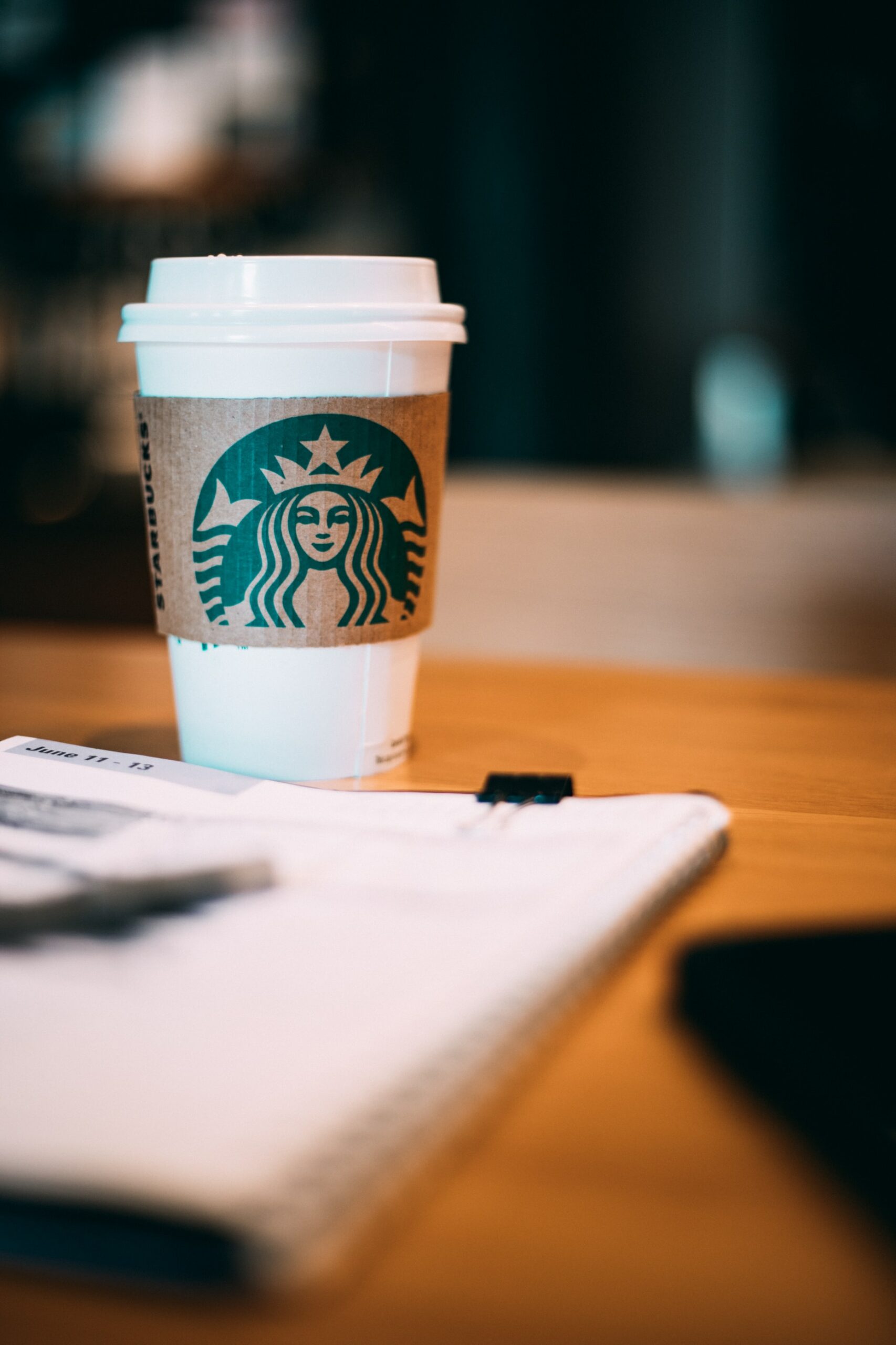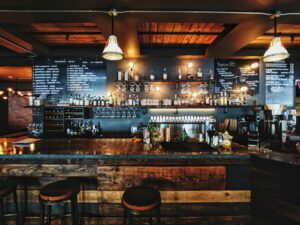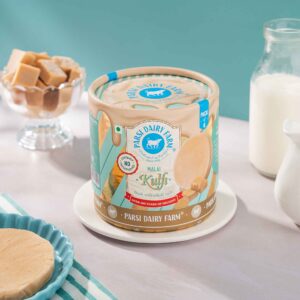Through its loyal and rewards program, Starbucks could gather a huge amount of data, which it then used to its advantage to drive more sales from existing customers. With its 30,000 plus stores globally, it rakes in above 100 million transactions each week. Jon Francis, Starbucks’ Senior Vice President of enterprise analytics, data science, research data, and analytics, along with his team of data scientists, set out to improve business performance by using data collected through its mobile apps which have over 17M members. There are three areas where the company was able to improvise using the data it collected.
Starbucks: Personalization of customer experiences as well as promotions
The launch of the Starbucks rewards program via the mobile app led to a massive upswing. It could get their recorded data and using it they could tap into what their customers think and how they behave. They could analyze the customers’ purchase patterns too. With the app, Starbucks could find which coffee their customers get, from which locations and at what times of the day or the week. They even used a cloud-based artificial intelligence engine, Digital flywheel program, which is a recommendation system.
So when a customer visits a new Starbucks location, the store identifies the customer through their phone and gives the Starbucks person making their coffee in the preferred or most repeated order of that customer. On the basis of their past behaviour i.e. the purchase history, Starbucks could now even suggest newly launched products this customer would like. Additionally unique rewards and discounts could be offered too. Going a step ahead, Starbucks even collects data on a customer’s ordering behaviour vis-a-vis the weather. Offering a discount to a customer on a hot chocolate on a rainy day is how they offer highly personalized experiences.
Introducing new products
Starbucks keeps launching new products every now and then. Now it uses its collected data to decide what kind of products should be offered. A good example of this is when offering their product out of grocery stores, they knew that 43% of customers skip sugar in tea. So they introduced unsweetened iced tea to drive sales. Similarly if data shows people like decaf coffee they would introduce a product keeping that in mind.

Location
Location is everything from a retail PoV. Starbucks uses location-based analytics powered by Atlas, a mapping and business intelligence tool developed by Esri, to arrive at the most strategic locations for its new stores. From getting to know the customer demographics i.e. spending power, income, population, etc., Starbucks decides where to open their stores for maxim profitability.
Visitation – As the name implies, this dataset gives access to which specific types of places are the people visiting. Are they going to automobile showrooms, theaters, apparel stores, salons, or beaches repetitively? How much time do they spend in these respective places and what kind of activities do they take up while there? Also, what time of the day are they visiting these places? In the case of branded products and services, their brand affinities also become a part of the datasets. Once we know the type of places they have been visiting, we are able to predict their behaviour on the basis of that.
For example, in a case study around the coffee shops in Mumbai to determine the best places to open coffee shops here on the basis of the prosperity index, the number of people visiting these locations, and their visit timings. The map of Mumbai was broken into blocks of different colours, each indicating the prosperity index of the area – the darker the colour of the block the more prosperous the area is. All locations of all coffee stores in Mumbai were also plotted on it including Starbucks, CCD, Barista, etc and overlaid them on the prosperity index. The map also gives the revenue potential of these stores.
It also indicates the number of people visiting that store in a time frame and which stores are clearly doing well, which are average, and which aren’t performing well. One could also figure out the number of people picking up coffee as a takeaway and those who were staying in the coffee shop to drink. The map also has circles indicating the colleges in these areas and the enrollment number of each of these colleges. In some of these colleges with a lot of enrollments, there is no coffee chain. This data could help those looking to set up stores or kiosks. Coffee chains can use all this data to determine the location of their next coffee shop.
Want to use Sherlock AI in acquiring higher intent consumers? Drive up app installs, app engagements and user acquisition using Sherlock AI. See how it works here. Want to explore how Sherlock AI can help your business? Write to us contactus@infiniteanalytics.com
Subscribe to our newsletter for regular updates and interesting insights




